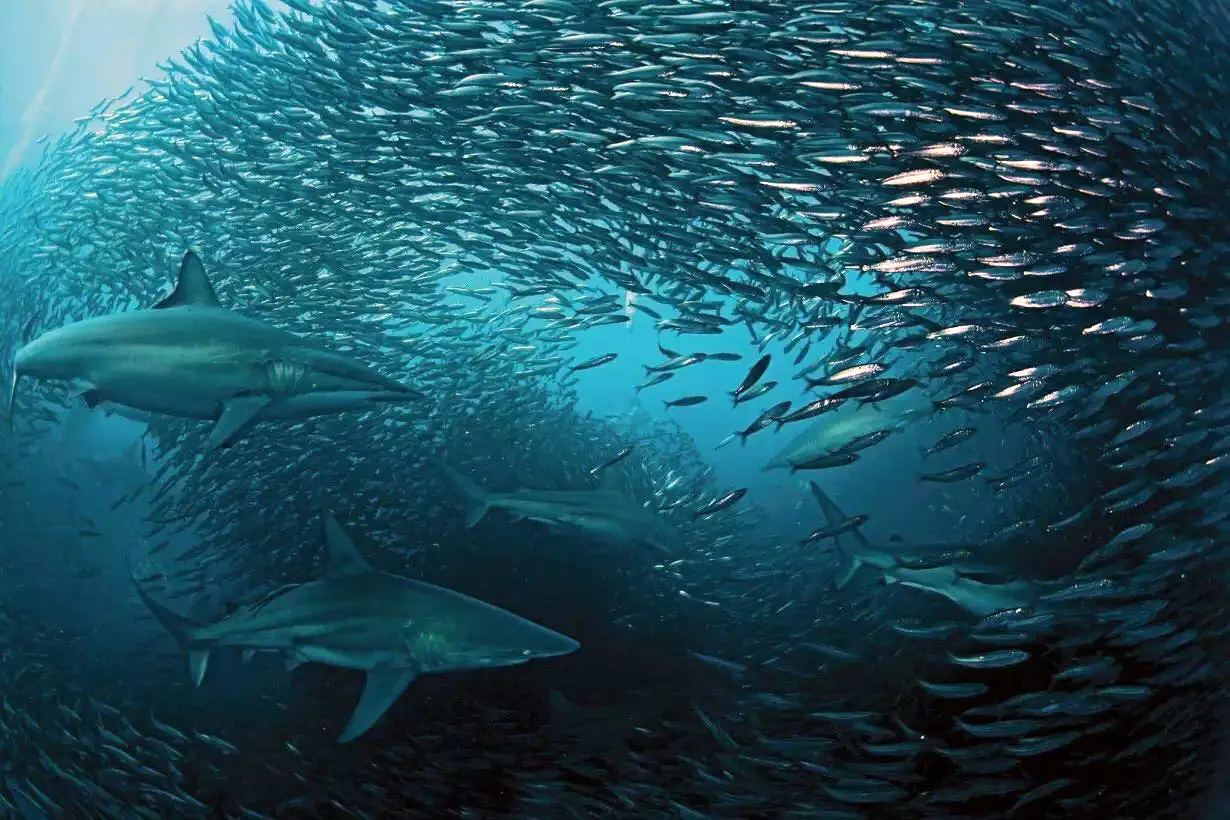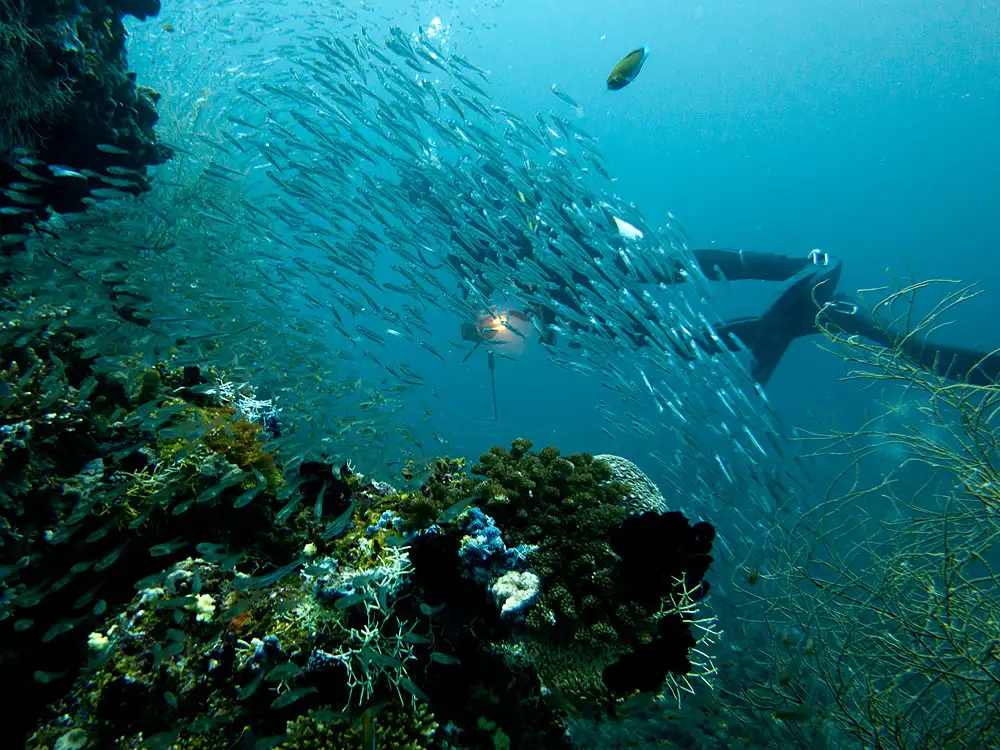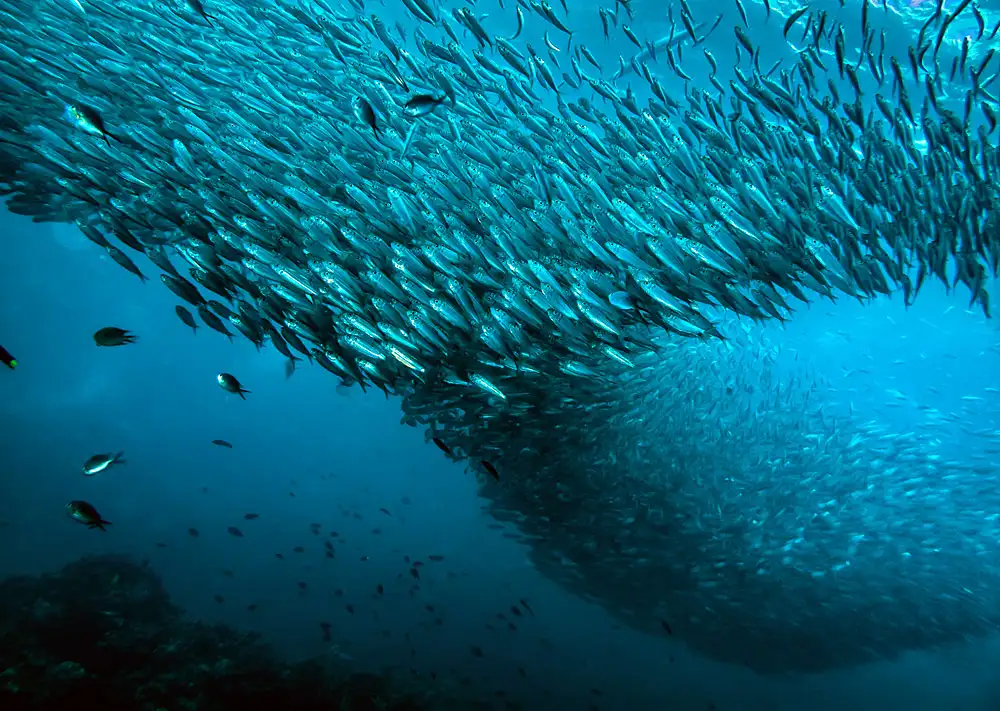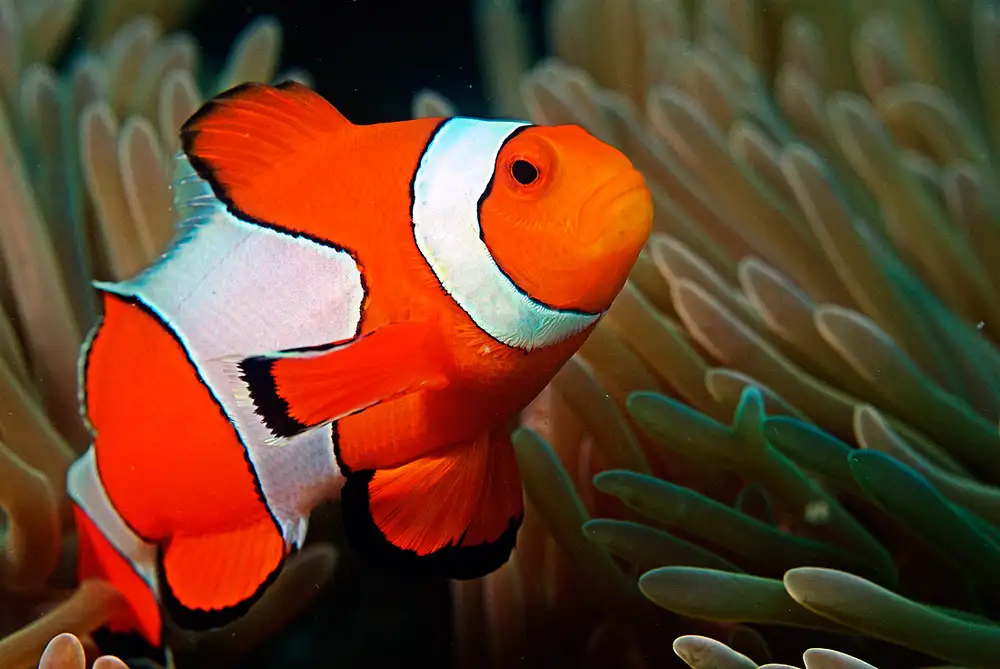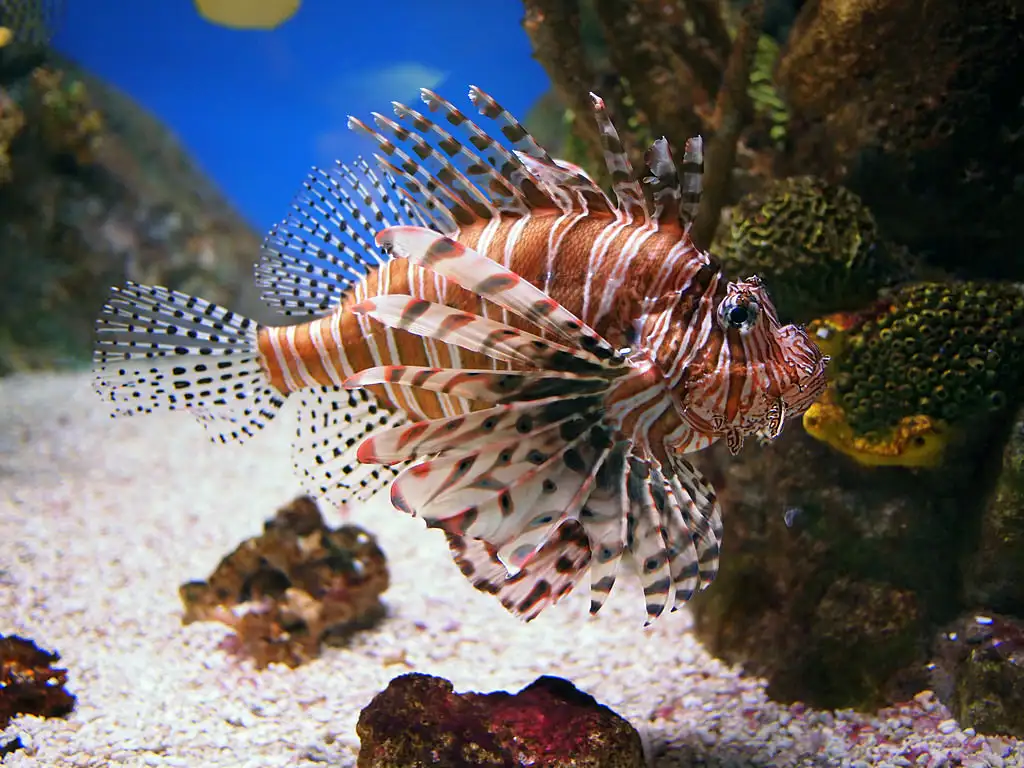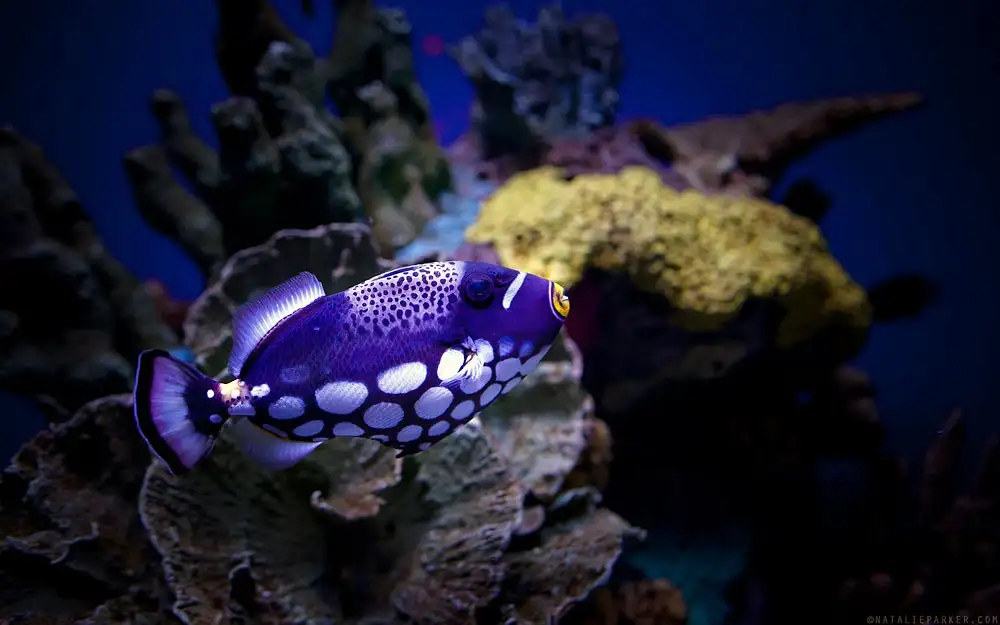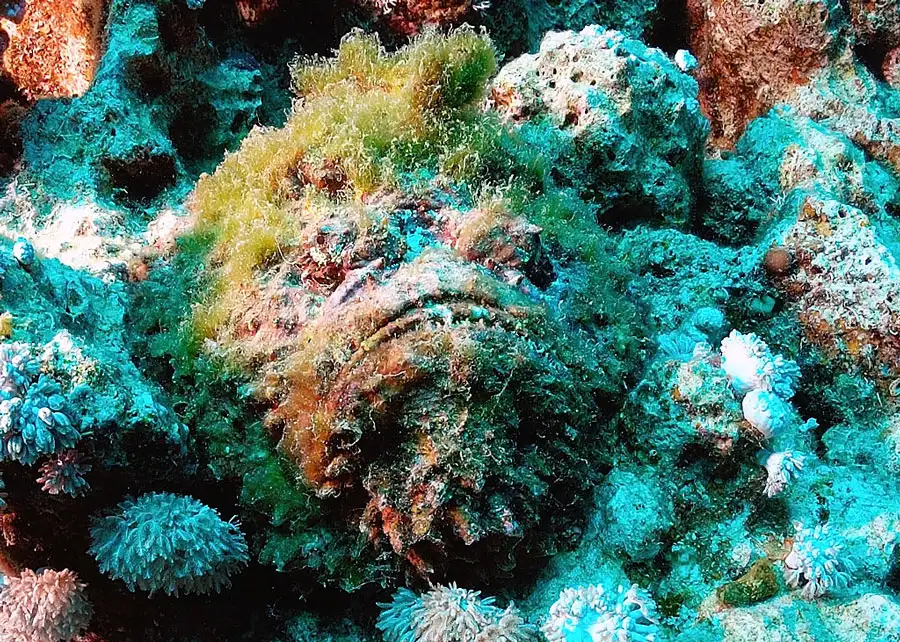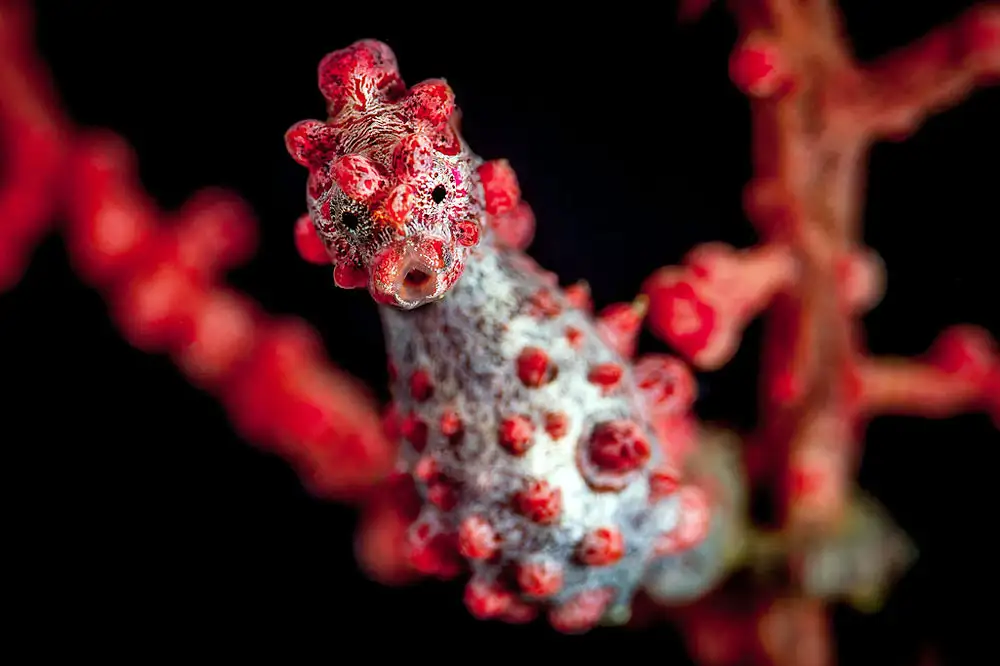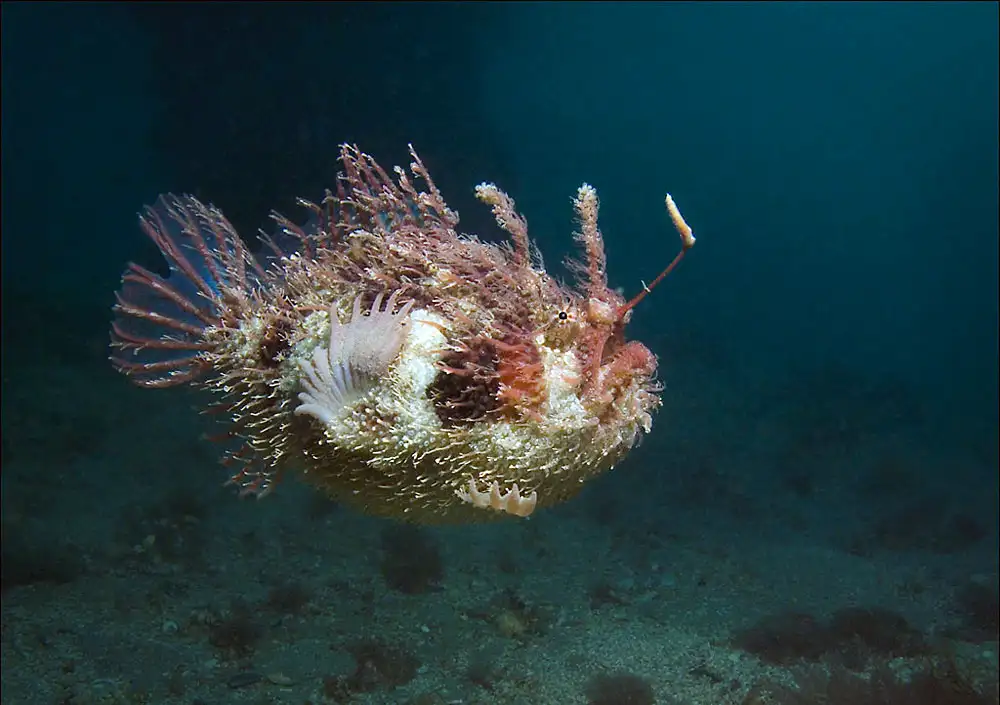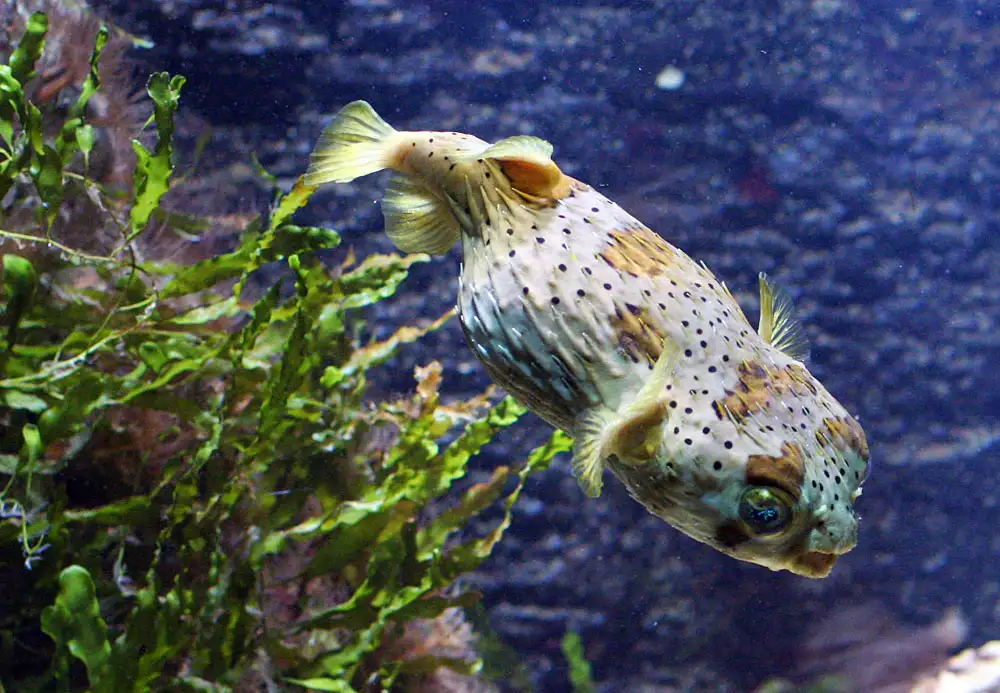Sardine (group overview)
IUCN
LCBasic Information
Scientific classification
- name:Sardine (group overview)
- Scientific Name:Clupeidae (notably Sardina, Sardinops, Sardinella)
- Outline:Small fish
- Family:Clupeidae Sardina Sardinops Sardinella
Vital signs
- length:Typically 12–25 cm; max ~30 cm
- Weight:Small pelagic fishes; varies by species/region
- lifetime:About 3–7 years
Feature
Large schooling; plankton filter‑feeding; diel vertical migration; pelagic broadcast spawning; variable stocks.
Distribution and Habitat
Temperate–subtropical continental shelves; upwelling/front systems worldwide.
Appearance
Bluish‑green back; silvery sides/belly; compressed body; scutes; lateral spots in some species.
Details
Sardines are small, schooling, oily fishes of the family Clupeidae, notably Sardina pilchardus (European sardine),Sardinops (Pacific sardines) and Sardinella spp. They are key forage fishes renowned formassive shoals, filter‑feeding on plankton and high omega‑3 content, and they support major fisheries worldwide.
Ecology & Biology
Diet: copepods, cladocerans and phytoplankton filtered by closely spaced gill rakers.
Behaviour: highly gregarious; perform diel vertical migration (surface by night, deeper by day).
Reproduction: pelagic broadcast spawners; buoyant eggs/larvae drift before recruiting to coastal nurseries.
Identification
Form: laterally compressed; weak/absent lateral line; scutes along the belly.
Colour: bluish‑green dorsum, silvery flanks/belly; some species show lateral spot rows.
Mouth: small, fine or no teeth; dense gill rakers for plankton capture.
Size & Longevity
Length: typically 12–25 cm, up to ~30 cm depending on species/region.
Life: generally 3–7 years, occasionally longer.
Range & Habitat
Temperate to subtropical oceans worldwide—eastern Atlantic & Mediterranean, North Pacific and parts of the Indian Ocean— forming large schools over continental shelves and associated with upwelling/fronts.
Fisheries & Conservation
Importance: major fisheries for fresh markets, canning and reduction (fishmeal/oil); stocks show large inter‑annual/decadal variability.
Management: avoid overfishing through science‑based catch limits, seasonal closures/mesh regulations and habitat protection.
IUCN: this is a group‑level entry; statuses differ among species (LC/NT/VU). Marked here as Not Evaluated (NE) for the overview.
FAQ
Q1. Sardines vs anchovies vs herrings? All clupeoids; sardines usually refer to Sardina/Sardinops/Sardinella, anchovies to Engraulis, and herrings to Clupea.
Q2. Why do stocks boom and bust? Strong sensitivity to temperature, upwelling and prey availability yields decadal oscillations.
Q3. Nutrition? Rich in EPA/DHA and protein; watch sodium in some canned products.
Q4. Sustainability tips? Prefer certified sources and regions with robust scientific quotas.

